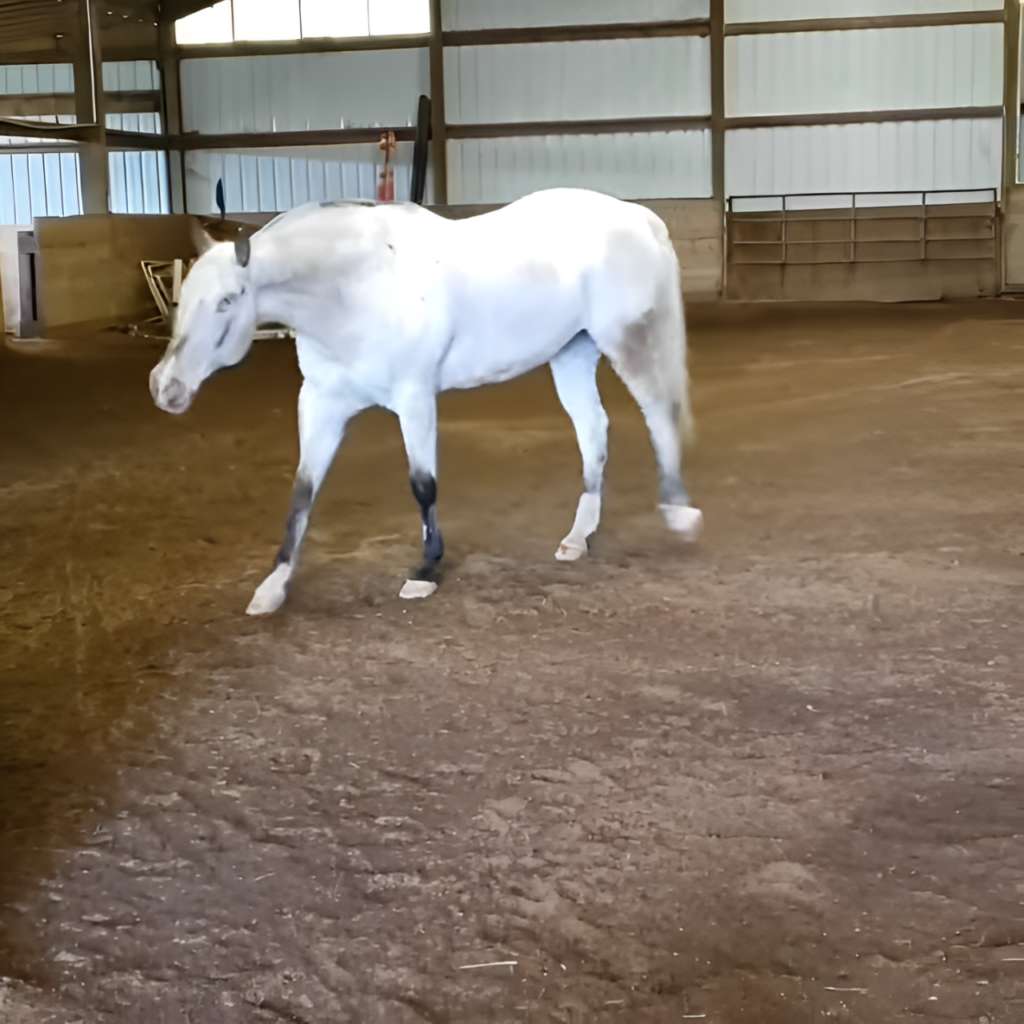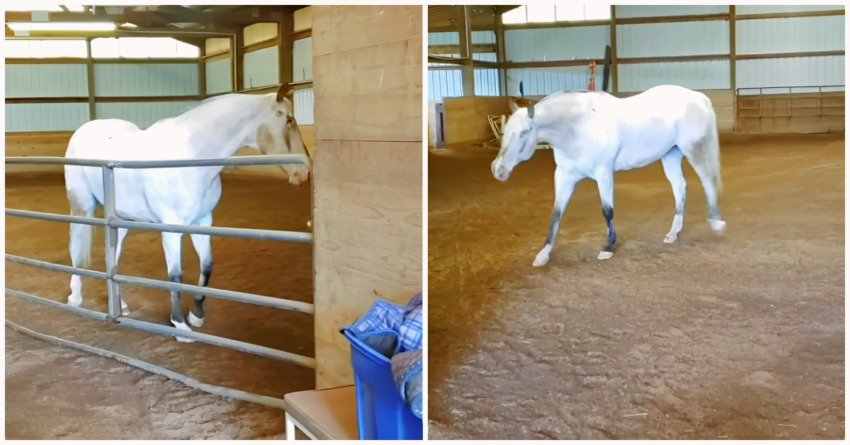Caring for a blind horse is a deeply emotional and challenging endeavor, as demonstrated by the story of Endo, a beautiful white Appaloosa gelding. After suffering from equine recurrent uveitis, commonly known as moon blindness, Endo underwent surgery to have his eyes removed. This condition can be triggered by various factors including bacteria, viruses, parasites, and even physical injuries, with leptospirosis bacteria being one of the more prevalent causes. Fortunately, moon blindness is not contagious, which eliminates the risk of it spreading from horse to horse. This knowledge provides a small comfort in the otherwise difficult reality of managing such a debilitating condition.

The process of adapting to blindness is daunting for any animal, and horses like Endo are no exception. To ensure their safety and ease their anxiety, it is crucial to house them in a controlled environment such as a corral or stall. This setup not only prevents accidents but also allows for close monitoring by their caregivers. It’s important to maintain a calm environment and minimize surprises for the blind horse. Caregivers are advised to always make their presence known by making noise or speaking as they approach to avoid startling the animal.

For a blind horse, consistency and predictability are key to a successful adaptation. Establishing a routine is incredibly beneficial, involving regular feeding times and consistent placement of food and water. These horses benefit from being led along the same path if they are to be turned out, and released in the same spot each time. Such practices help the horse form a mental map of their environment, reducing their stress and potential for injury.

Over time, many horses with vision loss, especially those with naturally calm dispositions, come to accept their new reality and adjust well to their limitations. Their behavior stabilizes and becomes predictable as they learn to rely on their other senses and the consistent patterns set by their caretakers. Endo’s story is a testament to the resilience of animals and the dedication required from those who care for them, highlighting a journey of trust, adaptation, and profound connection between the horse and its human companions.
